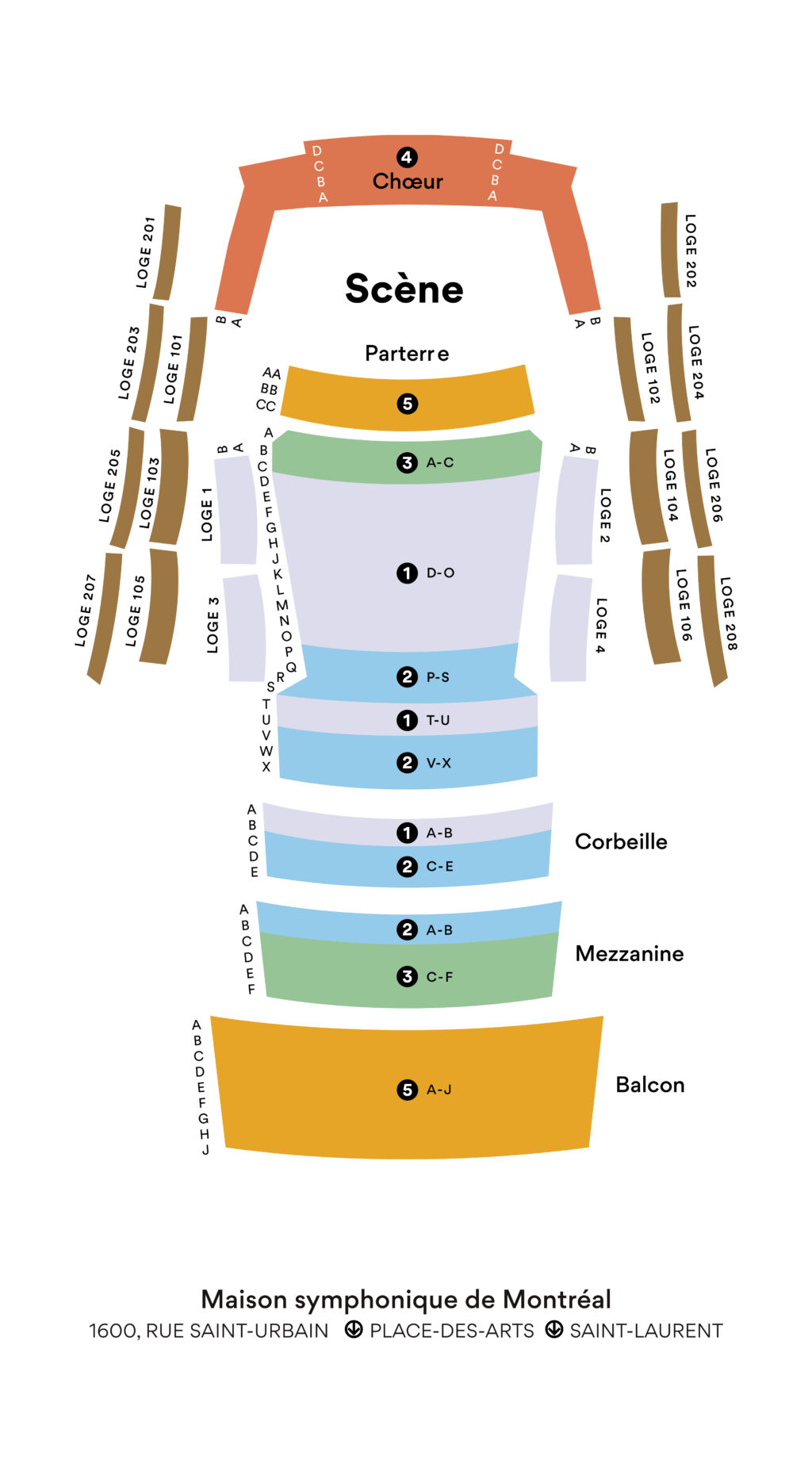Symphony No. 5
Beethoven
1770 – 1827
In 1806, Beethoven began working seriously on two major symphonies he would develop and complete concurrently. However different, they can be seen as bearing complementary messages, as two parts of a unique, overarching work. One shows us man confronting fate. In the other, the Pastoral, man is humble and filled with awe at nature. Both works were premiered in 1808 at the same concert in Vienna. The concert program assigned the number five to the Pastoral, while the “fate” symphony was number six. It was only on publication in 1809 that the two symphonies received their definitive numbers.
Symphony No. 5 is certainly Beethoven’s most celebrated. Who doesn’t know at least the beginning with its so-called “fate” motif (G-G-G-E flat)? Those four fateful notes were used as the signature theme for radio broadcasts in France during the German occupation. For the Allies, Roman numeral five brought V for victory to mind. In addition, in Morse code, the letter v is represented by three dots followed by a dash, the same rhythm as the famous four notes! No wonder, then, that Beethoven’s fifth became the symbol of the Resistance. Indeed, this poignant work plunges us directly into the desperate struggle between man and a terrible, pitiless fate.
After a pitched battle, man is struck down with relentless determination by fate (first movement). He then regains his strength (second movement) and returns to the fray (third movement), which ends in a blaze of glory with man’s definitive victory over fate (fourth movement; note that the last two movements are played without a break), just as the free world would triumph over the Nazi threat.
This work is the shortest of the “great” symphonies: great by nature, not length.
© Claudio Ricignuolo
Translation by Craig Schweickert
